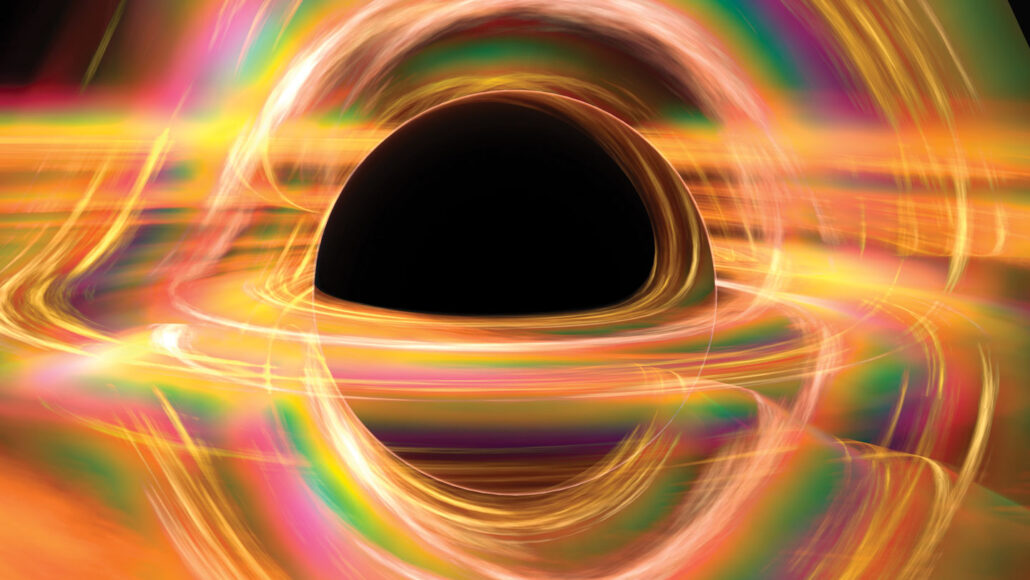
Space
Weird black holes may reveal secrets of the early universe
Emerging evidence points to the existence of rogue black holes and other cosmic oddities — such as big black holes in tiny galaxies.
Come explore with us!

Emerging evidence points to the existence of rogue black holes and other cosmic oddities — such as big black holes in tiny galaxies.
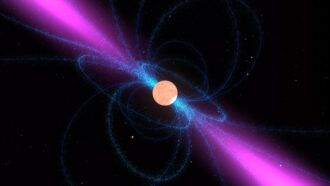
These rapidly spinning dead stars send beams of radio waves into space like cosmic lighthouses.

A burst of light and a cloud of dust are signs that a distant star swallowed a giant planet.
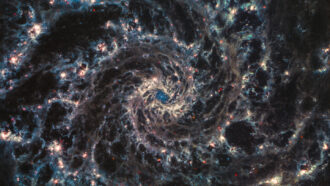
Dark voids riddle the galaxies, revealing new details about how stars alter their environments.

Six young researchers took home the top awards, each valued at a minimum of $50,000. Hundreds more shared nearly $9 million in prizes at international event.

The unusual, fruit-inspired structure of this material provides quick filtration that could satisfy people's daily water needs.
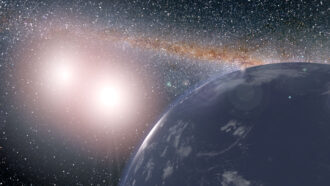
Like Luke Skywalker’s home, planets orbiting two stars may be plentiful. A new computer model suggests that many of those worlds could sustain life.
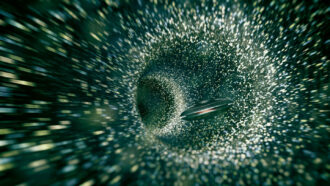
A probe going through a wormhole should be able to send messages home before such a tunnel forever closes, a new computer model finds.
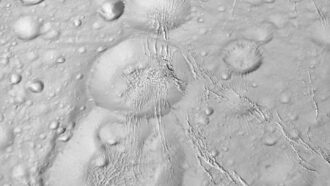
Pits on the frosty moon reveal the snow’s surprising depth, up to 700 meters (2,300 feet) in some places.
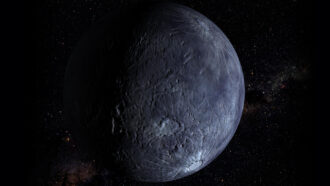
Quaoar’s ring lies outside the Roche limit. That’s an imaginary line beyond which rings aren’t thought to be stable.